My Seventh Pope
A personal journey through papacies and hope: from 'Good Pope John' to Pope Leo

Opening the Windows
I was born in 1962, the year Pope John XXIII began throwing open the windows of the Vatican. He ushered in the Second Vatican Council, breathing new life and hope into a dusty Church.
Before it, Mass was celebrated only in Latin. Vatican II changed that: we got the vernacular—English and Irish in our case. I vaguely remember congregations being coached in the new English-language responses. Priests no longer had their backs to the people; altars were moved and churches reconfigured so that the priest now faced the congregation.
Some lamented the loss of mystery and universality. Travellers could no longer rely on the familiar Latin in Spain or Italy. And with the priest now visible, the mystique faded further—we saw his face, we understood his words.
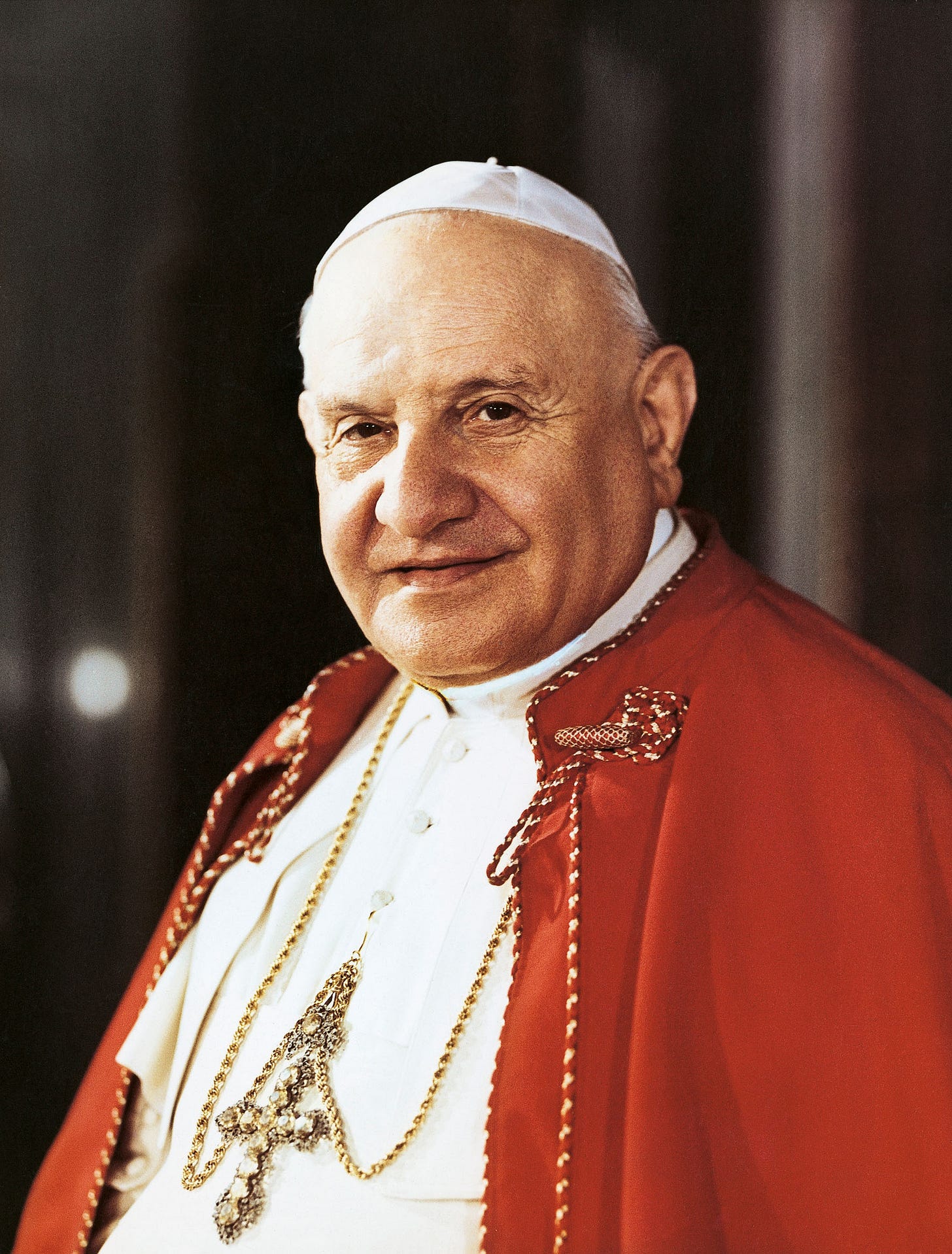
Pope John XXIII was loved by many—"Good Pope John." I remember my father saying someone asked him if being elected Pope was the happiest day of his life. He replied, "The happiest day of my life was the day I was ordained a priest."
Change, Hopes—and Disappointment
A surge of vocations followed, driven in part by the belief that compulsory celibacy would soon end, returning the Church to its older tradition of a married priesthood. Those hopes were dashed.
Pope Paul VI’s Humanae Vitae reaffirmed the Church’s ban on artificial contraception. The faithful were instead offered the Billings Method—nicknamed “Vatican roulette” even by some Catholic theologians. Credibility waned. The open windows of John’s pontificate began to close.

1978 was the year of three popes. After Paul VI came John Paul I, who died just 33 days later.
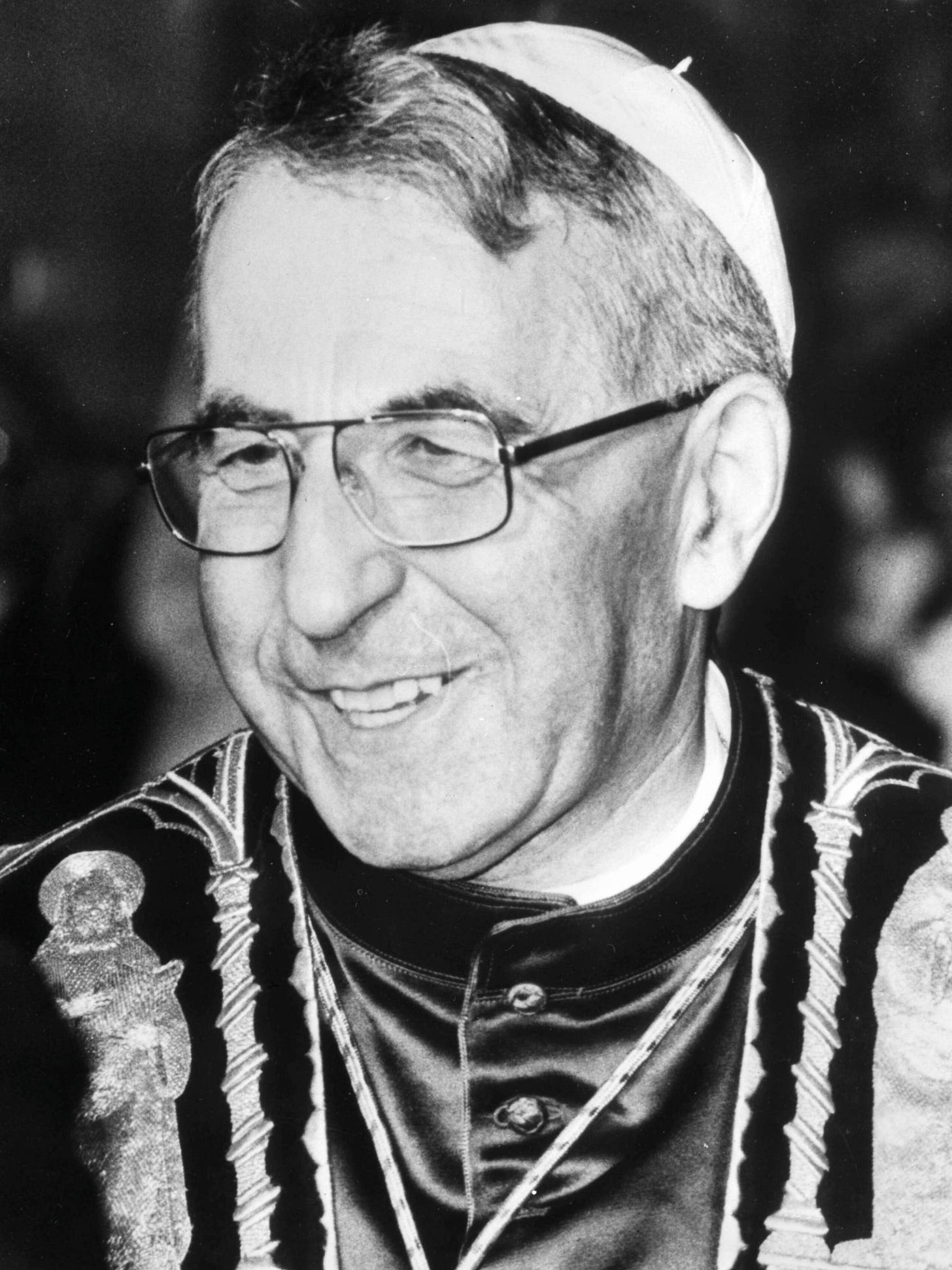
He was succeeded by Karol Wojtyła from Poland—John Paul II.
A Pope for the People?
He was young, dynamic, a natural communicator. In 1979, he packed the Phoenix Park, Dublin, with a million people. At the Papal Youth Mass in Galway, his “Young people of Ireland, I love you!” was met with ten minutes of ecstatic clapping and singing: “He’s got the whole world in his hands.” And we didn’t mean God—we meant the Pope.
But under John Paul II, the silencing of theologians began. Fear spread. If John XXIII gave us the Second Vatican Council, John Paul II gave us the new Code of Canon Law. The windows were not just closed—they were being boarded up.
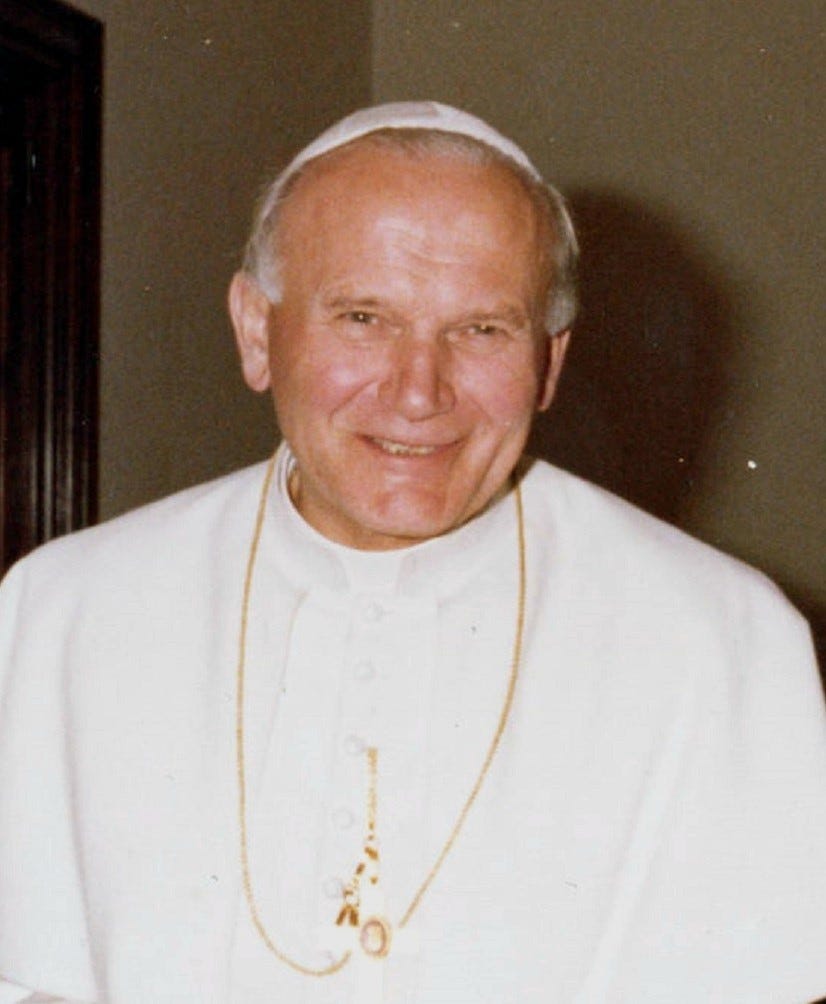
Seminaries emptied. Some 100,000 priests left their ministry, disillusioned.
And disillusionment, I believe, is no bad thing. Better that than living a lie. I remember seeing two self-satisfied young clerics near St Stephen’s Green, Dublin, in 1989, clad head to toe in black with stark white collars. It was like watching a scene from the past, re-enacted—and I wanted no part of it.
A Turning Back
By the time Pope Benedict XVI came along, I had lost interest in religion. I remember his shiny red shoes, his fondness for lace, and his conservatism. It felt like a return to a pre-Vatican II Church.
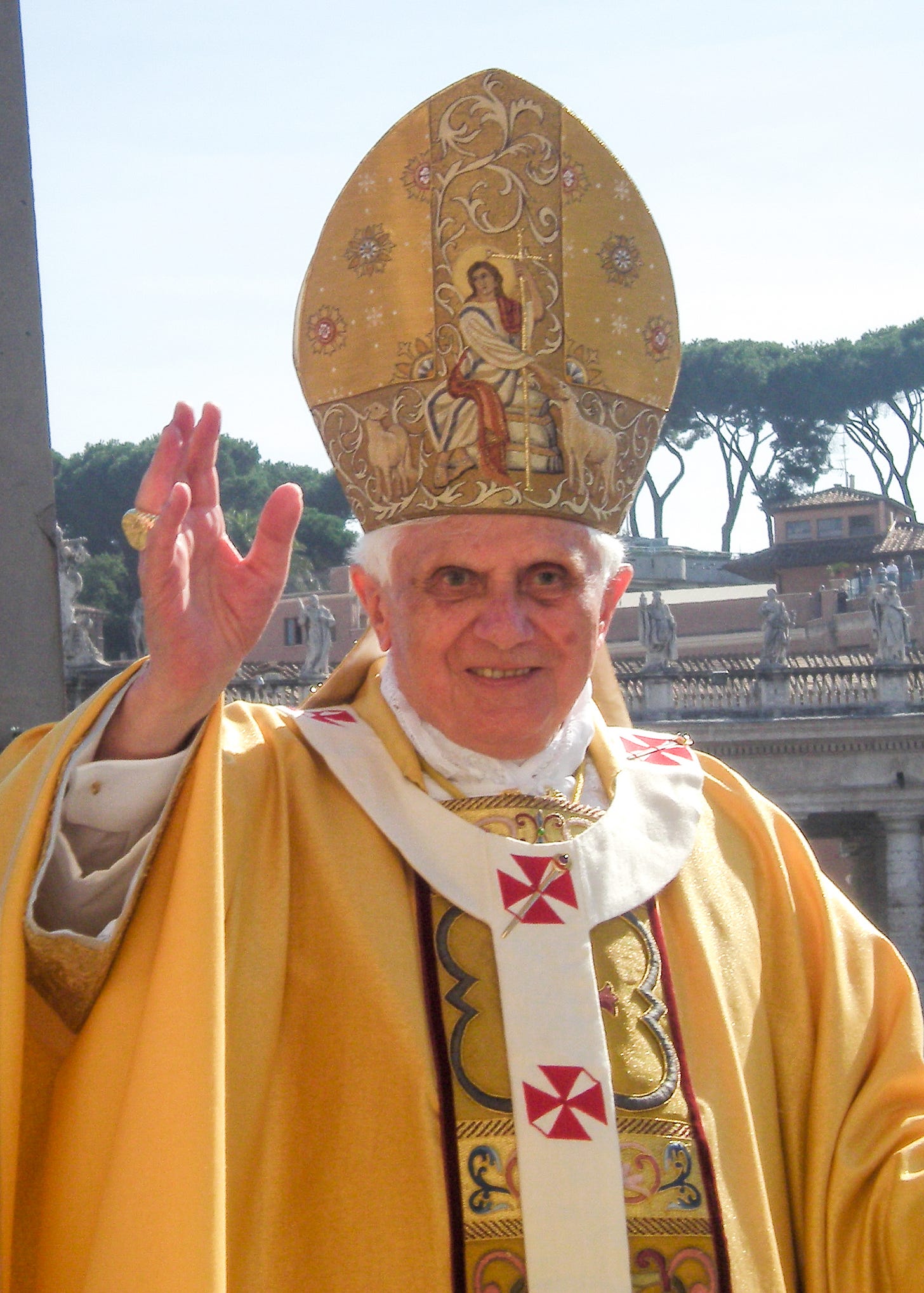
Then came Francis. A Jesuit. A Pope who took his name from Francis of Assisi. He embraced simplicity and earthiness. He seemed to reject the clerical caste, and the obsession with Latin liturgy. When asked about LGBTQ people, his reply—“Who am I to judge?”—was that of a man who seemed grounded, humble, real.

And Now, Pope Leo XIV
And now we have Leo. I have to say, I like the cut of his jib. On the balcony of St Peter’s, newly revealed to the world, he looked humble, emotional, present.
Yes, I was optimistic about John Paul II once too. But as people later said of him, “He kissed the ground and walked on women.”
Still, I hold hope. Leo seems more in the tradition of Popes John and Francis. He publicly called out US Vice President J.D. Vance for twisting the Gospel into a self-serving narrative. The Gospel is clear. Who is my neighbour? The immigrant and stranger, no less than your own kin.
We need that clarity now more than ever. May Pope Leo XIV be a voice of reason and compassion in a world teetering on the edge.
Happy days,
Joe
Joe’s acclaimed first memoir In My Gut, I Don’t Believe is available on Amazon in Kindle, Paperback, Hardback and Audible editions. His second memoir Saved by a Woman is available on Amazon in Kindle, Paperback, and Hardback editions.

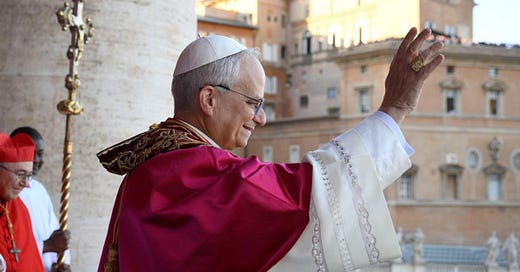



Interesting to get your perspective, Joe.